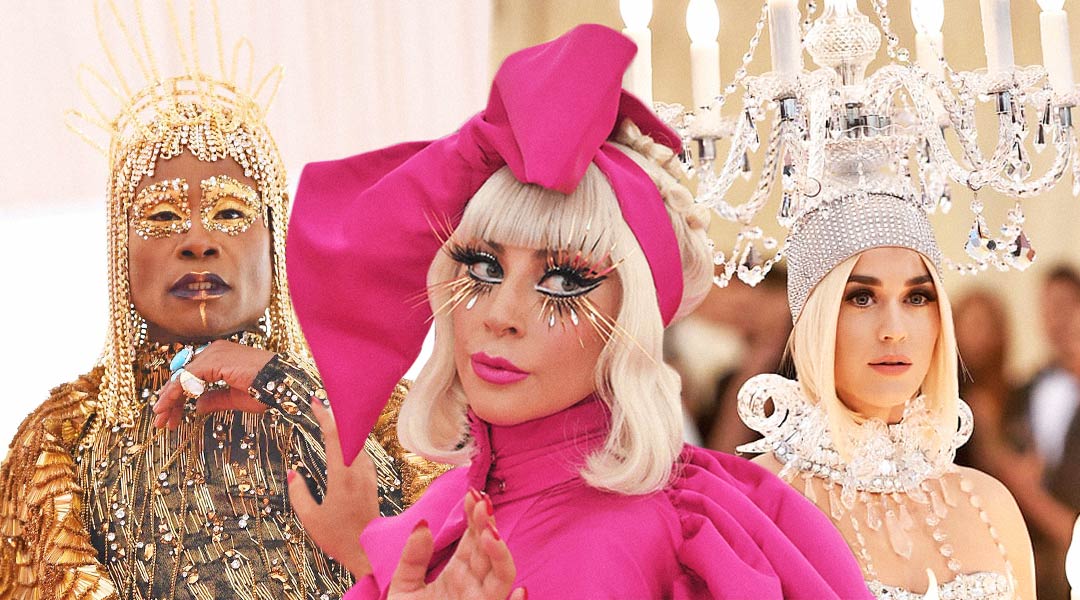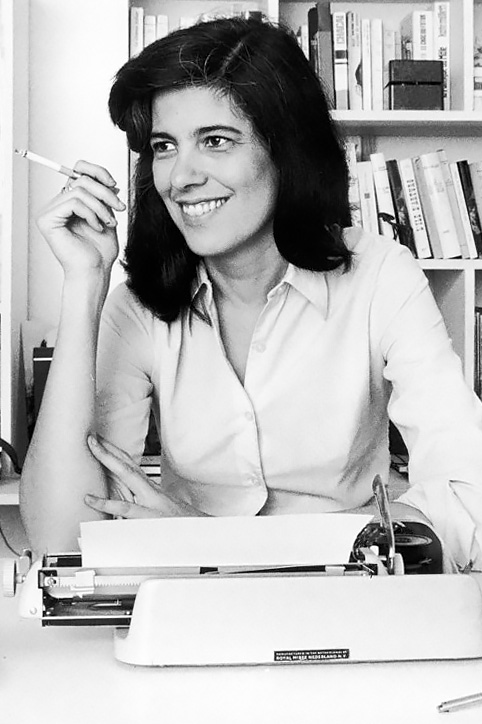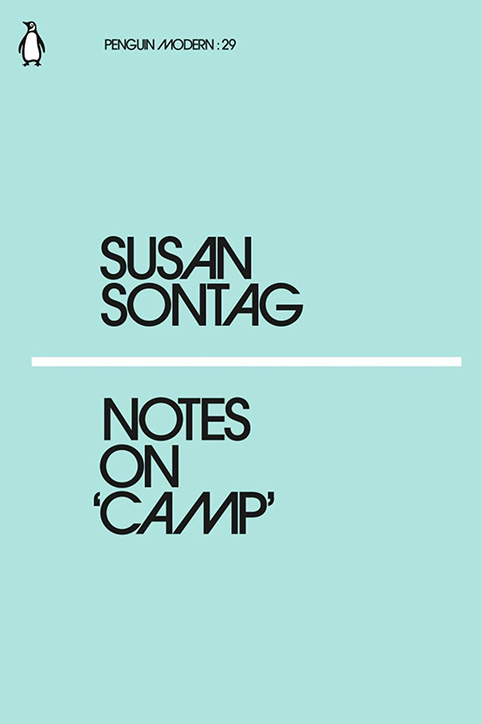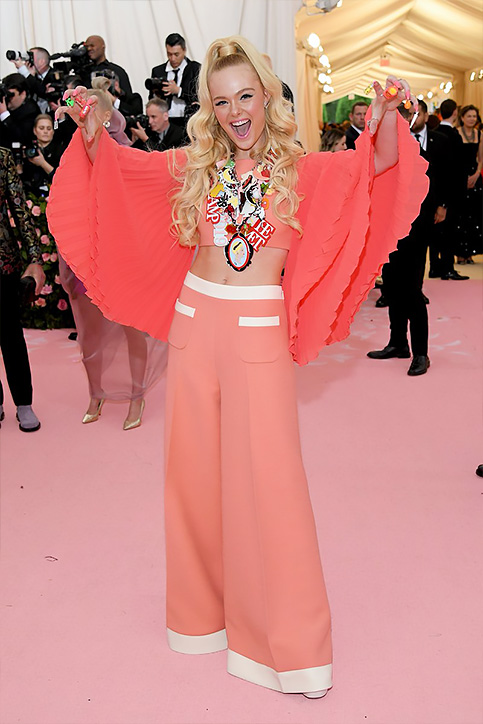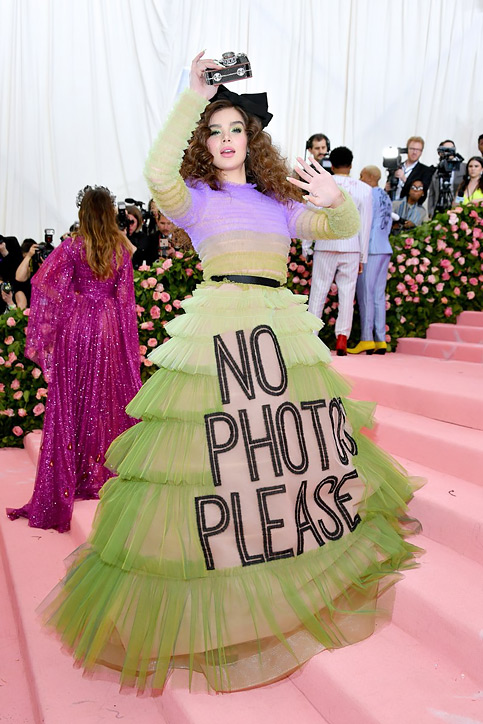Show-stopping and nothing less of iconic, we crack open the seminal essay of Susan Sontag and dissect the turnout of camp at the euphoric Met Gala. Billy Porter, Lady Gaga and Katy Perry aside, did this year’s festivities measure up?
To talk about fashion has become serious business, a multi-billion dollar one at that. Everything from the propensity to sell, gain traction online, and to even simply be talked about has been ruled by unforgiving metrics that have inevitably drained the fun out of it to an almost irrevocable state. Proof you ask? Runway shows have in essence become a tired cycle that has pushed creative to maddening edges, social media has turned dressing up into an anxiety-inducing trope for double taps, and exhibitions such as the famed Met Gala have become a circus of circumventing the theme in safe, color-by-number looks that quite frankly has us all bored to the bones.
Fashion, at its most primal state, is an emotional, sometimes guttural reaction to tangible frivolities and follies. Whether it is as simple as a non-committal purse of the lip or an exaggerated “Oh my God” exhaled in a full gush of breath, what is perceived to be a heightened trivial is actually a culmination of a tireless creative process and bearing witness to what is arguably an extensive work of art in itself. Needless to say, fashion is supposed to be fun. And this is precisely what Anna Wintour, eponymous Editor-in-Chief of Vogue, and Andrew Bolton, Metropolitan Museum of Art’s Wendy Yu Curator in Charge of the Costume Institute, intended with their proposition for this year’s highly-anticipated exhibition in the museum’s Iris and B. Gerald Cantor Exhibition Hall.
Inspired by Susan Sontag’s seminal essay, Notes On Camp (Time, 1964), the Met and Vogue fetes its Olympic-like soiree by subverting the typically high-brow with the pulsating undercurrent of camp. Much like the publishing of the thought-provoking and highly-detailed piece, Camp: Notes On Fashion is a timely intention, especially at a time when fashion needs to really lighten up.
Living up to the work of literature it traces its genesis from, the goal of the Met Gala was to resuscitate fashion that was and well, still is, for the most part, being nothing more than yawn. And with a theme that seemingly comes with an unspoken liberty to go crazy, the pressure was definitely on. Camp, as dissected by Sontag, is meant to dethrone the serious, emphasize the extravagant, and nourish the love for human nature. Therefore, and to borrow from the culture of drag, one of the indefatigable arbiters of camp, category is: no-holds-barred-extravaganza.
Now, the question is, did the Met Gala redeem itself from a rather dismal and disappointing turn last year with Heavenly Bodies: Fashion and the Catholic Imagination? Let Mr. Bolton answer this one on our behalf: “It’s here. We’re going through a camp moment.”
And really, what a moment the night was.
Decoding Camp

“What is camp to you?” the high-priestess herself, Anna Wintour, was asked as she made her way up the iconic steps of the Met in a pink, flamingo-inspired, fully-beaded Chanel dress embraced in a cape of decadent cascading of feathers. “Having fun,” she says without missing a beat, in an uncharacteristic smile no less. “Have fun tonight,” she reiterates as she is whisked up to the dazzling sea of celebrities, designers, and personalities swarming around in high energy, showing off their unique interpretations of the year’s theme.
“I think we’re going through a really high camp moment, not just in fashion but in culture in general,” explains Bolton in a walking tour explaining the exhibition to Vogue. “When you look in history, there are moments when camp is really the defining aesthetic of its time: the 60s, the 80s, now. I think it’s always in times where there are radical political and cultural shifts, so I do think that camp does respond and reflect the zeitgeist.” It was clear that this year was not only a hop-and-skip from last year’s general playing safe, as perhaps wedged by the touchy subject of religion, but a gazelle-like stride with the display of fashion parading the halls of the Met.

From the co-hosts alone, Gucci’s Alessandro Michele, Serena Williams (swathed in a stunning yellow Versace confection contrasted with a pair of Off White x Nike sneakers), Lady Gaga, and Harry Styles (in a black sheer Gucci look, naturally), it was bound to be a stellar show of camp bar none. Cutting through different segments of society, pushing the boundaries of stereotypical sensibilities were left far, far, far beyond the peripheries of the museum as outrageous entrances easily eclipsed everything thanks to Billy Porter bringing ancient Egypt and the microcosm of camp, the ball culture, to the stage, as well as Lady Gaga seemingly performing a real life interpretation of her discography from The Fame to A Star Is Born in her custom, four-part Brandon Maxwell. “The essence of camp is its love of the unnatural: of artifice and exaggeration,” writes Sontag, and as the gala continued to unravel, it really was evident that everyone was having quite literally, a ball.
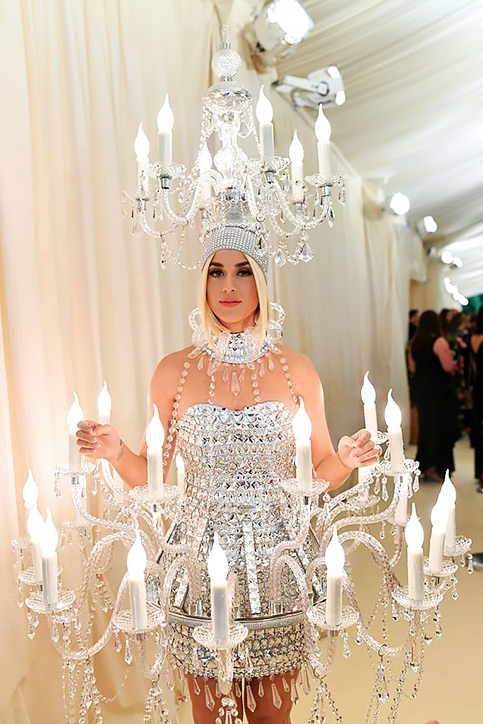
While she was a guest this time around, one-time Met Gala co-chair Katy Perry, lit up the pink carpet in a Moschino chandelier ensemble, which was by all means, pure joy. Meanwhile, other over-the-top standouts included Hamish Bowles in an Artisanal Maison Margiela by John Galliano explosion of plumage, print, and personality, Janelle Monae in a wink and nod to surrealism made reality by Christian Siriano, Cardi B in an impressive red quilted number that took a staggering 2000 hours to execute and a total of 35 people just to carry it in, and finally, the show-stopping doyenne of Vegas and now, emerging superstar of fashion, Celine Dion, who was incandescent in a waterfall-like shimmy Oscar dela Renta ensemble.
Have A Ball
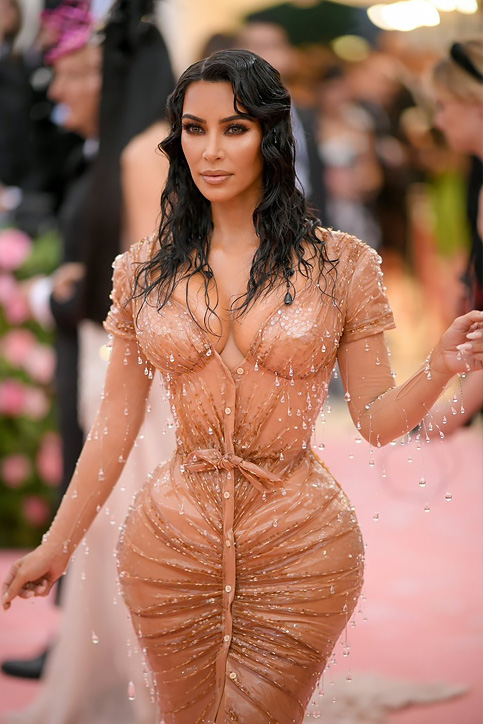
Now, while some people were made for the eschewing of the court of camp, others clearly missed the mark and went with the usual route of persistent in pretty, which if you ask us, is pretty meh at this point. Look, camp gives you the license to take the dress code and run with it, not sprint. Sure, Rosie Huntington-Whiteley in a feathered Oscar dela Renta, Gisele Bundchen in a blush pink pleated Dior, and Emma Stone in an 80s-inspired Louis Vuitton jumpsuit, were all radiant, but everything from the neck down was a snooze. And if there is anything camp is fending off, it is boredom. Sure, one can argue based on the Sontag canon that camp is “the glorification of character,” which makes us understand it as an extension and expression thereof. However, character as a state of continual incandescence, Sontag explains, anchors is on a key element of theatricality for it to be embodied as camp. So, sorry, Frank Ocean (clad in a black Prada nylon anorak) and Kim Kardashian (splashed in a dripping Thierry Mugler original, a first in two decades), being yourselves doesn’t quite cut it this time at least.
Come on, even it wasn’t lost on the youth where the spirit of camp was high as Elle Fanning hit a refresh in a coral Miu Miu interpretation of age-appropriate surplus and Hailee Steinfeld wowed in the saccharine couture confection of Viktor & Rolf still piping hot from the runway. More surprisingly, although a very welcome one, it was the men who brought it big time as Jared Leto proved that two heads are better than one in Gucci, Darren Criss dazzled in Balmain (nails and swipes of makeup included), Cody Fern mesmerized in Maison Margiela (the slick curls of hair was a choice, and a winning one at that), and finally, Ezra Miller stunned in a pinstriped re-imagination by Burberry accented by an embellished corset. The piece-de-resistance to this already out-of-the-park vision was the choice of beauty that involved a literal optical illusion, bold red lip, manicured nails, coiffed hair, and a face mask to end all face masks.
Clearly, some people had more fun with it. Why couldn’t others do the same?
Why So Serious
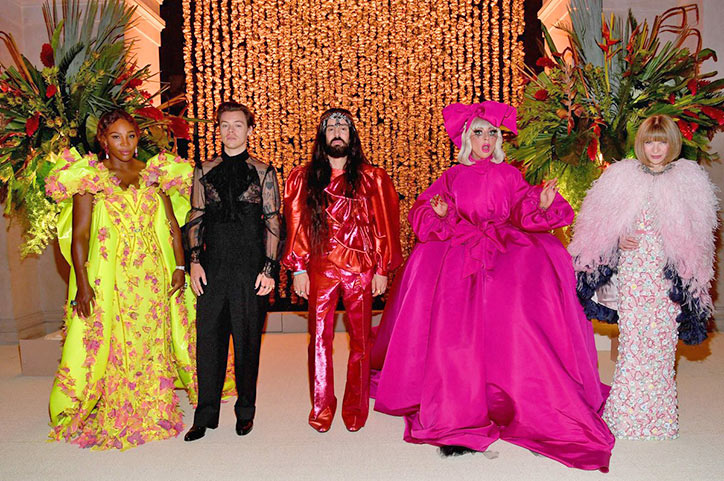
Anchored on the aesthetic of experience, this year’s Met Gala was by all means a spectacle. Feathers and fantasy, glitter and glee, costume and colors, it was truly a visceral feast that translated to a conversation that we all should be having: How can we have fun with fashion? Celebrating the awkward, the absurd, and the downright awesome, camp encourages us to feel, to dare, and most importantly, to just be. “It relishes, rather than judges, the little triumphs and awkward intensities of “character.”…Camp taste identifies with what it is enjoying. People who share this sensibility are not laughing at the thing they label as “a camp,” they’re enjoying it. Camp is a tender feeling,” Sontag elucidates almost on an essential point-of-view. “Camp is a question mark that won’t let its line be straightened up into an exclamation mark,” details Andrew Bolton. “I want people to leave thinking, ‘What is camp?’ That is the power and the poetry behind camp, constantly trying to define it.” True enough, even if the euphoria of the style soiree has mellowed down to memes, op-eds, and sustaining efforts to drum up the actual exhibition, this year’s Met Gala has in effect taught us to enjoy the ironies of fashion as the narrative continues to persist beyond the theme. Perhaps now more than ever, we are being reminded of the true power that fashion intrinsically has and how we can use it to further the course of humanity, one hemline, one stitch, and one gala at a time.
